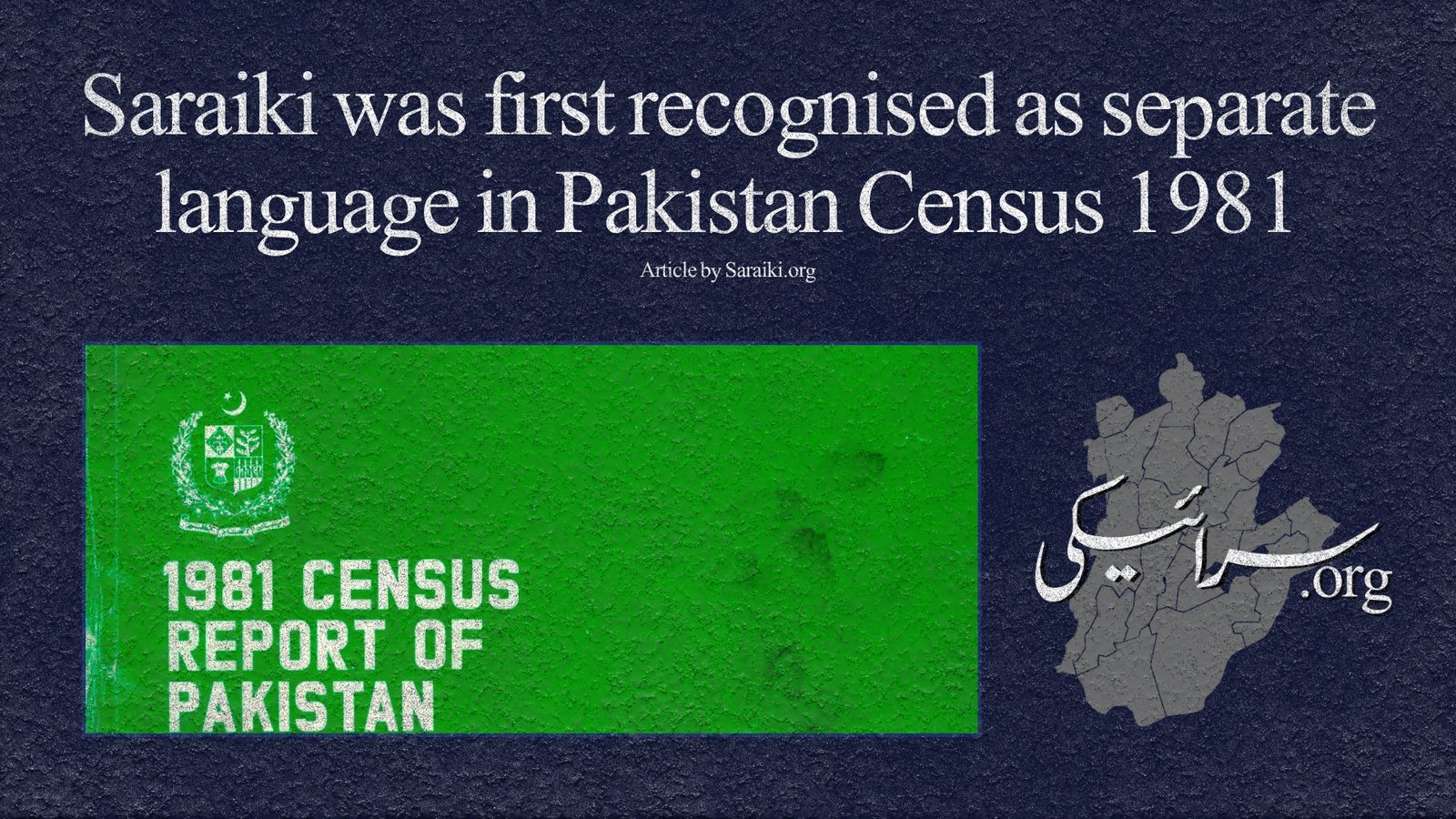A census is a comprehensive national exercise designed to gather data about a country’s population—its size, distribution, socio-economic indicators, and linguistic affiliations. In the context of Pakistan, the census is conducted by the Pakistan Bureau of Statistics, and its results inform national planning, policy-making, and resource allocation.
Among the various elements recorded in a census, language holds special importance. Language is not merely a mode of communication; it is a marker of identity, a vehicle of history, and a representation of cultural memory. The inclusion or omission of a language in census data has direct implications for recognition, funding, representation, education, and preservation.
The 1981 Census took place under the military regime of General Muhammad Zia-ul-Haq, a period marked by centralized control, Islamization policies, and a complex relationship with ethnic identities. Despite a national tendency toward homogenization, it was during this time that Saraiki, as a linguistic identity, was formally recognized as separate from Punjabi—a development that would have long-term implications for language politics in Pakistan.

The recognition of Saraiki in the census did not occur in isolation. It followed decades of linguistic activism, scholarly research, literary output, and cultural revival. The 1962 national conference where the term “Saraiki” was first officially adopted to represent this ancient linguistic tradition laid the groundwork for this milestone. By the 1970s, Saraiki had entered a period of literary renaissance, with notable works being published across genres, and the launch of Jhok, a Saraiki-language daily newspaper, reinforcing the language’s cultural legitimacy.
This intellectual and cultural momentum created pressure for state recognition. Scholars, writers, and activists challenged the dominant classification of Saraiki under Punjabi and called for its independent status, citing its distinct phonetics, vocabulary, grammar, literary corpus, and historical depth.
Census Data: Saraiki in Numbers
According to the 1981 Pakistan Census, Saraiki was listed for the first time as a separate mother tongue, and approximately 9.83% of the national population at the time reported Saraiki as their first language. This figure was significant—placing Saraiki among the top five languages spoken in the country. It represented millions of speakers primarily concentrated in South Punjab, as well as in parts of Sindh, Balochistan, and Khyber Pakhtunkhwa.
In comparison:
- Punjabi speakers made up the largest group (approximately 48%)
- Pashto (13%)
- Sindhi (11%)
- Urdu (7.6%)
- Balochi (3%)
Saraiki, therefore, held its ground as a major linguistic identity within Pakistan—comparable in size to Sindhi and surpassing languages like Balochi and Brahui in numerical strength.
Being included as an independent entry in the Pakistan Census was more than an administrative decision. It was a symbolic affirmation of identity. It allowed for the formulation of language-based policies, the pursuit of regional development agendas, and the cultural empowerment of millions whose language had previously been rendered invisible under broader linguistic categories.
Recognition in the census also meant that Saraiki could no longer be dismissed as a dialect or sub-branch—it had to be treated as a linguistic entity with historical legitimacy, worthy of preservation, promotion, and state attention.
Also Read
- From the Historical Archive: Saraiki Language and the Socio-political Identity of Saraiki Community Furrakh Abbas, Lubna Akram, Raina Tabbasum 2024-05-30


Leave a Reply